This album was remastered in 1997 and a deluxe edition was released in 2017.
Current & Notable Release Versions:
1CD Remastered Version (2018): 2017 Remaster of the album as included on the deluxe edition. Standard Jewel case with CD booklet featuring lyrics & original album art.
Vinyl Version (2018): 2017 Remaster of the album as included on the vinyl deluxe edition.
4 CD / 1 BR Deluxe Edition (2017) - OUT OF PRINT - features the complete remastered album. Also includes a live concert recorded Live at the Muziekcentrum Vredenburg in the city of Utrecht in October 1985.
Performance includes the entire Misplaced Childhood album along with several songs from the band’s earlier albums. All of the live recordings are previously unreleased except for “Chelsea Monday,” which was the B-side to “Heart Of Lothian”.
BluRay disc contains an hour-long documentary about the album and promo videos for album singles “Lavender”, “Kayleigh”, “Lady Nina” and “Heart Of Lothian.” Also featured is the original album remixed by Steven Wilson in 5.1 Surround Sound and the 2017 Remaster in high resolution 96kHz 24 bit. Wilson’s Surround Sound and Stereo remixes of “Lady Nina,” the B-side to “Kayleigh.” are also included.
4 LP Deluxe Vinyl Edition (2017) - OUT OF PRINT - features the 2017 remaster of the original album and theentire 1985 concert from Muziekcentrum Vredenburg, Utrecht, Netherlands. Pressed on 180-gram vinyl, and presented in a 12” x 12” lift-top box with a 24 page booklet containing a replica tour program and extensive notes on the history of the album.
Download Version: Audio download not available from Racket Records.


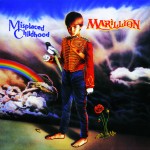
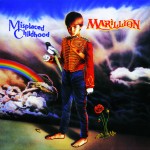
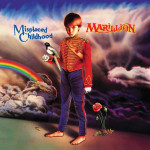

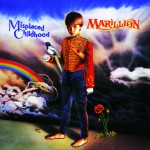
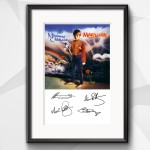
Arriving in Berlin in February 1985 I remember being struck by the incredible vibrance and energy the city had. Every day I would follow the graffiti clad wall from the Hervis Hotel around the corner to the studio. My bedroom window at the hotel looked out across the wall into no-man's land and the sentry towers and patrol guards made you feel like you were a character in some Graham Greene novel.
We recorded the album on an old Neve mixing desk that was constantly going wrong due to the fact that the previous band, Killing Joke (also produced by Chris Kimsey), had set off a dry powder fire extinguisher in the control room. This was corroding all the contacts inside the mixer, which therefore was in a nearly constant state of repair. The room we recorded the drums in however, (a big old ballroom), had a fantastic sound and the city itself was an incredibly inspirational place.
We had a lot of fun in the three months we worked in Berlin but I think we all probably aged at least three years during our time there.
It was suggested by various people that we should put the B-side we had recorded for the first single (Lady Nina) on the album. There was even talk about it being the A-side of the first single (Kayleigh). This led to a confrontation which, fortunately, we won.